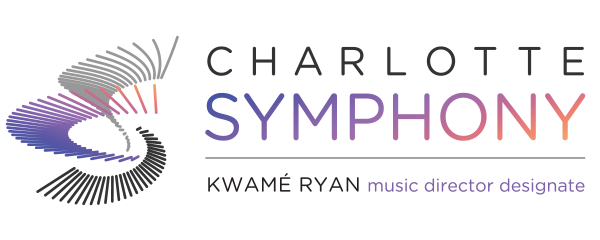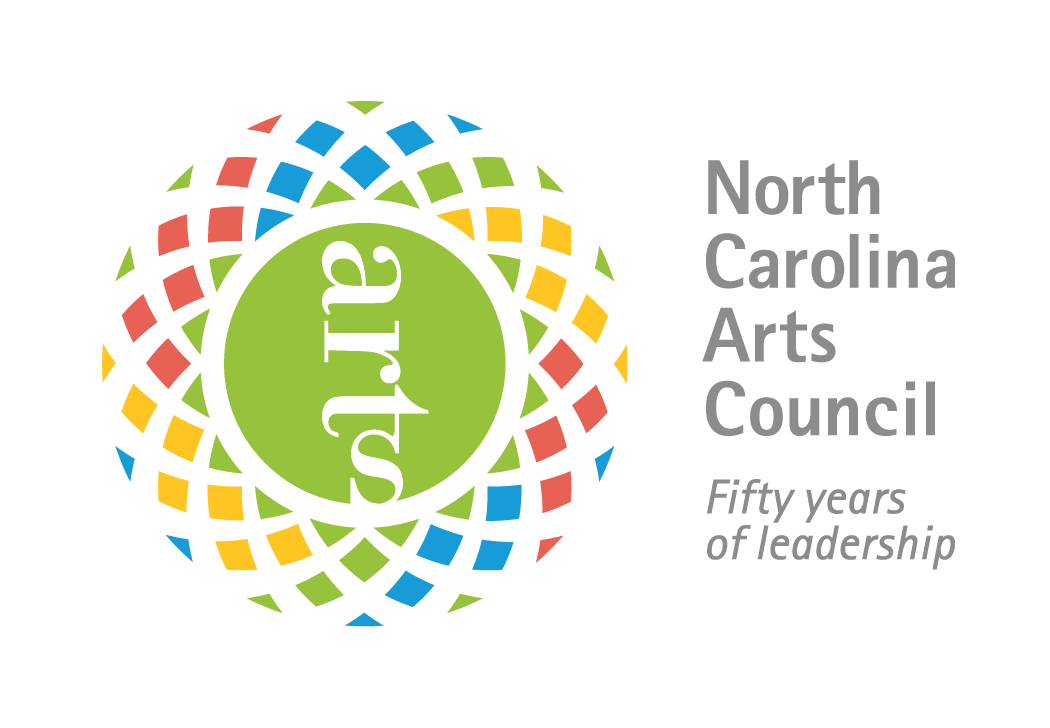COPLAND-Appalachian Spring
AARON COPLAND 
Born in Brooklyn, New York 1900
Appalachian Spring (1944)
Composed in 1944
Copland was born in Brooklyn, New York, of Lithuanian Jewish descent. Before emigrating to the United States Copland's father had anglicized his surname "Kaplan" to "Copland" while in England. Although his parents never encouraged or directly exposed him to music, at the age of fifteen he had already taken an interest in the subject and aspired to be a composer.
After high school, Copland was accepted at a music school for American students in Paris. His teacher was Nadia Boulanger, who later became famous because many of her students became successful composers. When he returned to America is 1924, he decided that he wanted to write works that were "American in character" and thus he chose jazz as the American idiom. However, this jazz-inspired period was brief, as his style evolved toward the goal of writing more accessible works.
During the 1930's, Copland came to believe that a composer should not limit himself by just composing for serious concert performances. He also began incorporating American folk melodies into his music. His most famous works were written during this time, beginning in 1936 with Billy the Kid. Fanfare for the Common Man, perhaps Copland's most famous work, scored for brass and percussion, was written in 1942. It would later be used to open many Democratic National Conventions. The same year Copland wrote A Lincoln Portrait, which became popular with a wider audience, leading to a strengthening in his association with American music. He was commissioned to write a ballet, Appalachian Spring, which he later arranged as a popular orchestral suite. The commission for Appalachian Spring came from Martha Graham, who had requested of Copland merely "music for an American ballet". Copland titled the piece "Music for Martha", having no idea of how she would use it on stage. Graham created a ballet she called Appalachian Spring, which was an instant success, and the music acquired the same name. Copland was later awarded the Pulitzer Prize for music for his composition.
Copland was one of the first composers to write music for film, and became an important contributor to the genre. His score for William Wyler's 1949 film, The Heiress won an Academy Award. He also composed music for several other important films during that time. Posthumously, his music was used for Spike Lee's 1998 film, He Got Game, which featured a neighborhood basketball set to the music of "Hoe-Down". It is difficult to overestimate the influence Copland has had on film music. Virtually every composer who scored for western movies, particularly between 1940 and 1960, was shaped by the style Copland developed.
Having defended the Communist Party USA during the 1936 presidential election, Copland was investigated by the FBI during the red scare of the 1950s, and found himself blacklisted. The political climate of that era caused A Lincoln Portrait to be withdrawn from the 1953 inaugural concert for President Eisenhower. That same year, Copland was called before Congress of the United States where he testified that he was never a communist. Outraged by the accusations, many members of the musical community, held up Copland's music as a banner of his patriotism. The investigations ceased in 1955, and were closed in 1975. Copland was never shown to be a member of the Communist Party.
Copland was active throughout his later life as a teacher and writer on the subject of music. He was also active in several organizations that encouraged young composers by offering performances of their music as well as financial grants; allowing them to focus more time on composing. He was also one of the first composers to take advantage of the new technologies of the 20th century, which included radio broadcasts, recordings, and film.
Copland died of respiratory failure in North Tarrytown, New York (now Sleepy Hollow), on December 2, 1990.
Appalachian Spring
Appalachian Spring is music for a ballet that Copland wrote in 1944. It tells the story of a young pioneer couple in the early 19th Century. The bride and her farmer-husband build a farmhouse in the Pennsylvania hill country; they look ahead to their new life together with hope, joy, and fear. Musical elements depict old neighborhoods, country fiddlers and square dancing, and various emotions. Toward the end is heard a Shaker tune called "Simple  Gifts." The ballet ends quietly and serenely.
Gifts." The ballet ends quietly and serenely.
Appalachian Spring is divided into eight sections. The seventh section, which is a set of variations on the Shaker melody Simple Gifts , is the most recognizable section from the ballet.
The name "Shakers," was derived from the term "Shaking Quakers" and was applied as a mocking description of their rituals of trembling, shouting, dancing, shaking, and singing.
The tune for "Simple Gifts" was written in 1848 by Elder Joseph Brackett while he was at the Shaker community in Maine. It has been classified as a hymn, but it better classified as a dance song. Elder Joseph Brackett was born in Cumberland, Maine, on May 6, 1797. He joined the Shakers when his father helped to form a new Shaker settlement. Later, Joseph served as the first minister of the Maine Shaker society now known as Sabbathday Lake, the last remaining Shaker community. Elder Joseph Brackett died on July 4, 1882.
Click (here) to watch the Appalachian Springs ballet as pictured above.
Below are the lyrics to his one verse song:
'Tis the gift to be simple, 'tis the gift to be free,
'Tis the gift to come down where we ought to be,
And when we find ourselves in the place just right,
'Twill be in the valley of love and delight.
When true simplicity is gain'd,
To bow and to bend we shan't be asham'd,
To turn, turn will be our delight,
Till by turning, turning we come round right.
Musical Form: Theme and Variations
There are many different types of form in music. Theme and variations is onel form in which the fundamental musical idea, or theme, is repeated in altered form or accompanied in a different manner. A variation is a formal technique where material is altered during repetition; which is reinerated, but with slight changes. Changes may be harmonic, melodic, contrapuntal, rhythmic, and of timbre or orchestration. Theme and variations can be used as a solo piece or as a movement in a larger piece. Wolfgang Amadeus Mozart composed a famous set of variations for piano based on the melody to "Ah, vous dirai-je, Maman" or better known to us as "Twinkle, Twinkle, Little Star".
Would you like to learn to sing Simple Gifts? Practice clapping the rhythm of the notes with your teacher, or click on the audio file here, and follow the notes as they are played on the piano for you. Once you have learned the rhythms and melody, practice singing along with the words.
As you listen, count the number of times you hear the orchestra play Simple Gifts. As Aaron Copland passes the melody from one instrumental family to the next, see if you can recognize the instruments being played. Here's a list of variations to guide your listening:
STATEMENT OF THEME (Simple Gifts):
· Clarinets (Woodwind Family) play Simple Gifts the first time.
· 1st Variation: Oboe and Bassoon (Woodwind Family)
· 2nd Variation: Cello and Violin (String Family)
· 3rd Variation: Trumpet and Trombone (Brass Family)
· 4th Variation: Clarinets (Woodwind Family)
· 5th Variation: Full Orchestra
Here is an example of a group performing Simple Gifts:
Orff and Choir
Recorder:
Fast Verion
Slow Version
Sections of appalachian spring
The orchestral suite is divided into eight sections. Copland describes each scene thus:
1. Very slowly. Introduction of the characters, one by one, in a suffused light.
2. Fast/Allegro. Sudden burst of unison strings in A major arpeggios starts the action. A sentiment both elated and religious gives the keynote to this scene.
3. Moderate/Moderato. Duo for the Bride and her Intended scene of tenderness and passion.
4. Quite fast. The Revivalist and his flock. Folksy feeling suggestions of square dances and country fiddlers.
5. Still faster/Subito Allegro. Solo dance of the Bride presentiment of motherhood. Extremes of joy and fear and wonder.
6. Very slowly (as at first). Transition scene to music reminiscent of the introduction.
7. Calm and flowing/Doppio Movimento. Scenes of daily activity for the Bride and her Farmer husband. There are five variations on a Shaker theme. The theme, sung by a solo clarinet, was taken from a collection of Shaker melodies compiled by Edward D. Andrews, and published under the title "The Gift to Be Simple." The melody borrowed and used almost literally is called "Simple Gifts." (excerpt below)
8. Moderate. Coda/Moderato - Coda. The Bride takes her place among her neighbors. At the end the couple are left "quiet and strong in their new house." Muted strings intone a hushed prayer like chorale passage. The close is reminiscent of the opening music.







